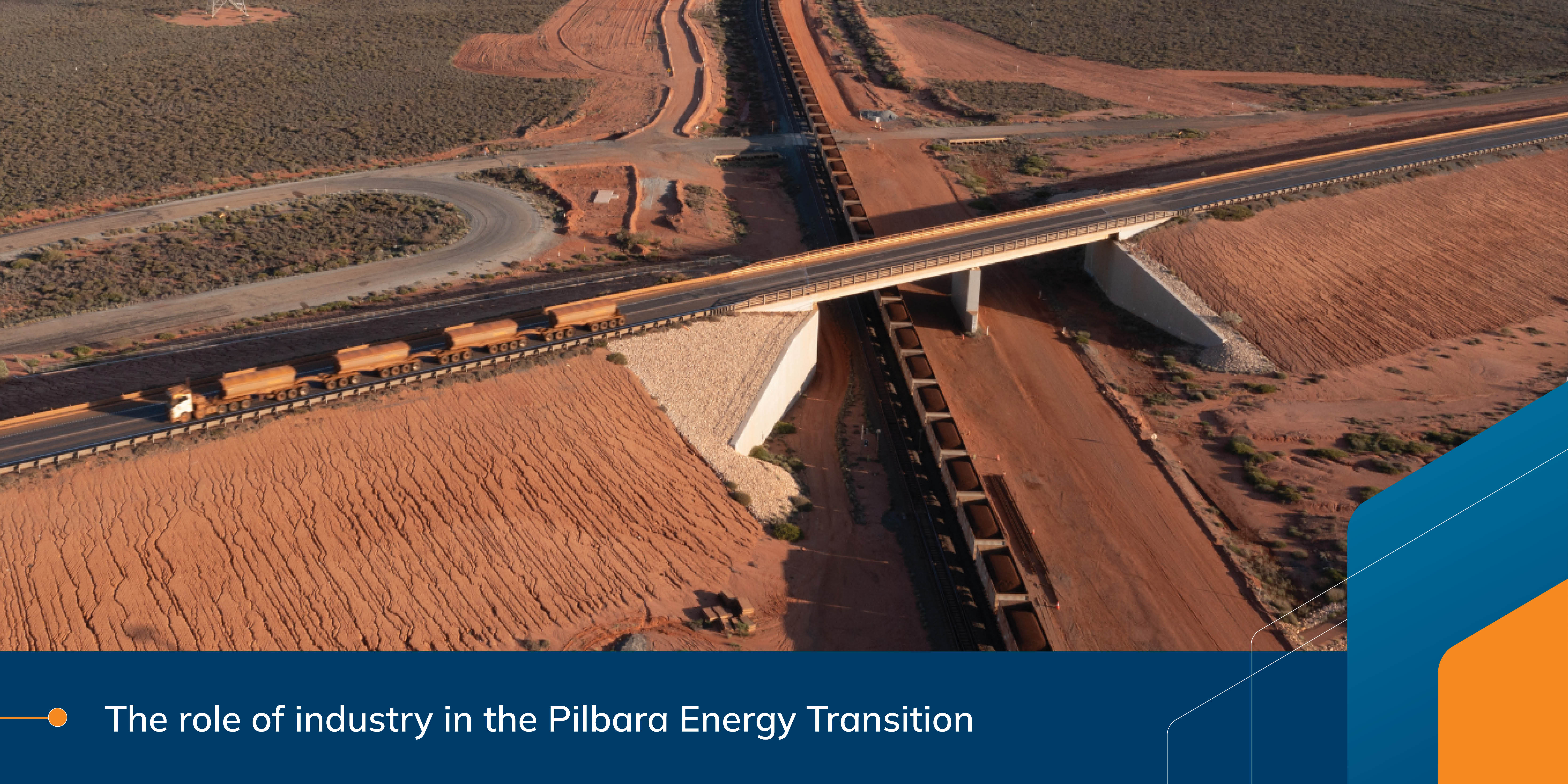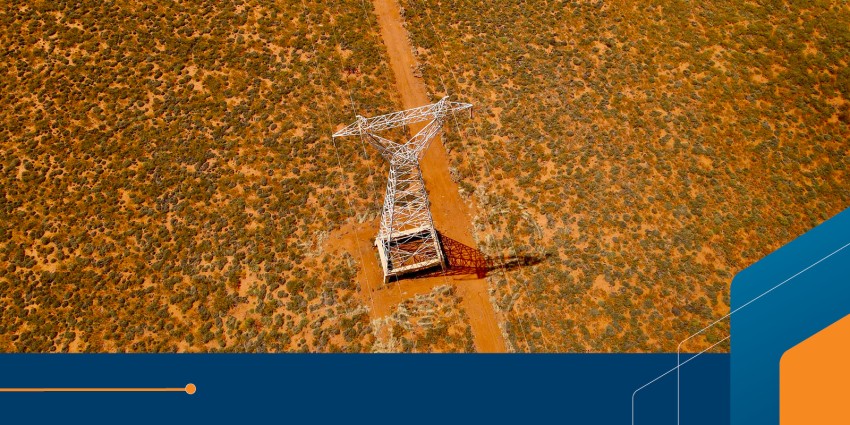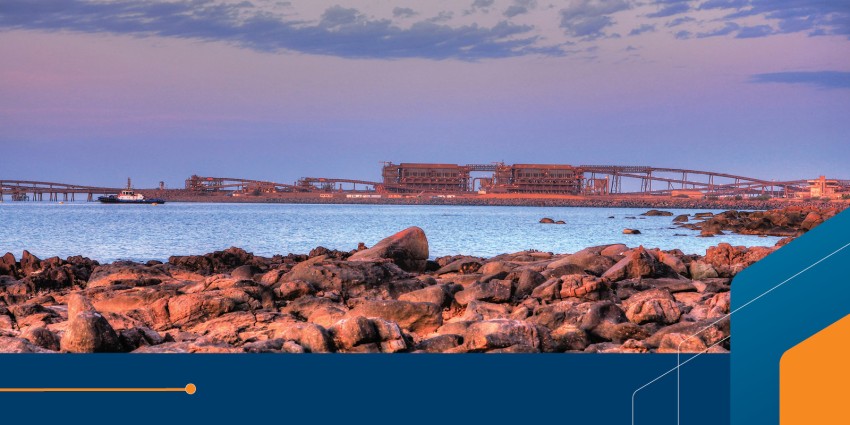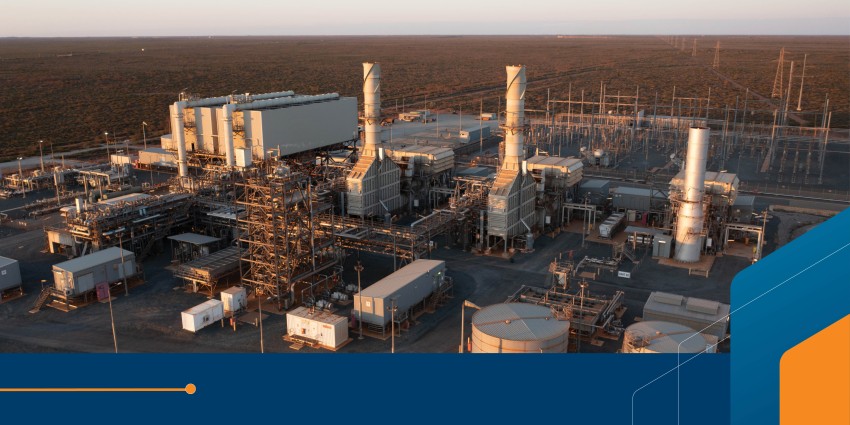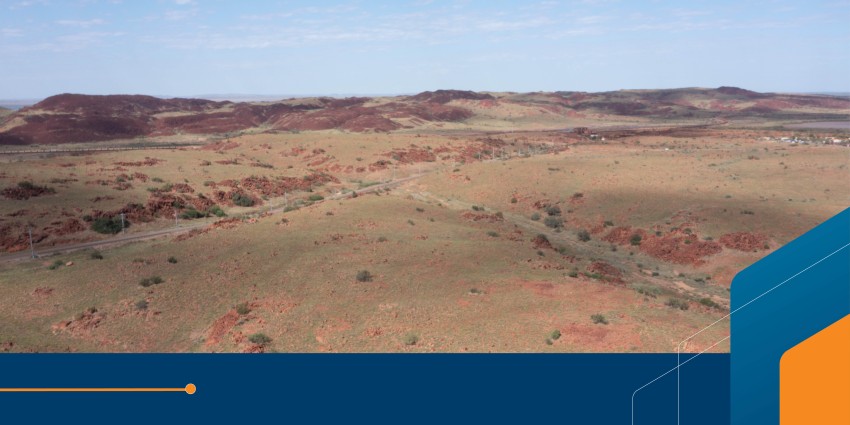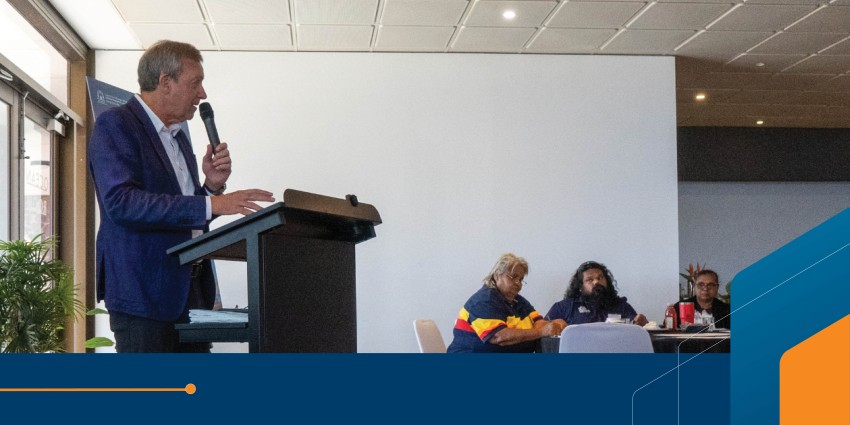Transitioning to low-emission, renewable energy is essential to limit the impact of climate change and secure the future of Western Australian industry. The State Government has committed to a target of Net Zero carbon emissions by 2050. Reaching this target requires a shift from higher emissions forms of electricity generation like that from the use of diesel and natural gas, towards low-emission renewable energy sources.
Decarbonising the Pilbara
While the Pilbara contributes nearly 20 per cent of WA’s total economic output, the region also accounts for around 40 per cent of our carbon emissions. Decarbonising the Pilbara is a critical part of the state’s emission reduction targets, and a challenge of unprecedented scale.
From an international perspective, the Pilbara has a pivotal role in the global energy transition in our broader region, through the supply of through the supply of minerals and other exports needed to develop lower carbon industries. This marks a significant responsibility, but also an incredible opportunity – both of which require active participation from industry.
Pilbara Energy Transition Plan
The Pilbara Energy Transition (PET) Plan is the result of the initial Pilbara Industry Roundtable series. The plan aims to accelerate the decarbonisation of the region and emphasises the critical role industry will play in this transformation. Growing common-use transmission infrastructure in the Pilbara is a priority, to fully unlock the region’s world class renewable resources and connect low-emissions, renewable energy to where it is needed most.
Supporting investment across the Pilbara
To help drive private investment and facilitate new common-use infrastructure, the State Government launched an Expression of Interest (EOI) process. Eligible Pilbara transmission projects were invited to apply for Priority Project status under the Pilbara Energy Transition Plan. Designated Priority Projects will receive a State Government recommendation to be considered for concessional financing from WA's allocation of up to $3 billion under the Australian Government's Rewiring the Nation program, administered by the Clean Energy Finance Corporation.
Priority Project status will be awarded to projects within designated priority corridors - the Burrup (Murujuga) Corridor, the Chichester Range Corridor, the Hamersley Range Corridor and the Great Sandy Desert Corridor.



